
Robotics is one of the most promising fields of the future. Futurologists and career counselors are talking about it. Who would have thought that this science could be taught as early as preschool age! Here are 6 important reasons to enroll your child in robotics right from the new year.
By the way, we recommend some of the best robotics courses – https://maker.sg/legorobotics.
Here you can not only enroll your child in basic robotics and programming courses, but also consider the services of a children’s camp in Singapore.
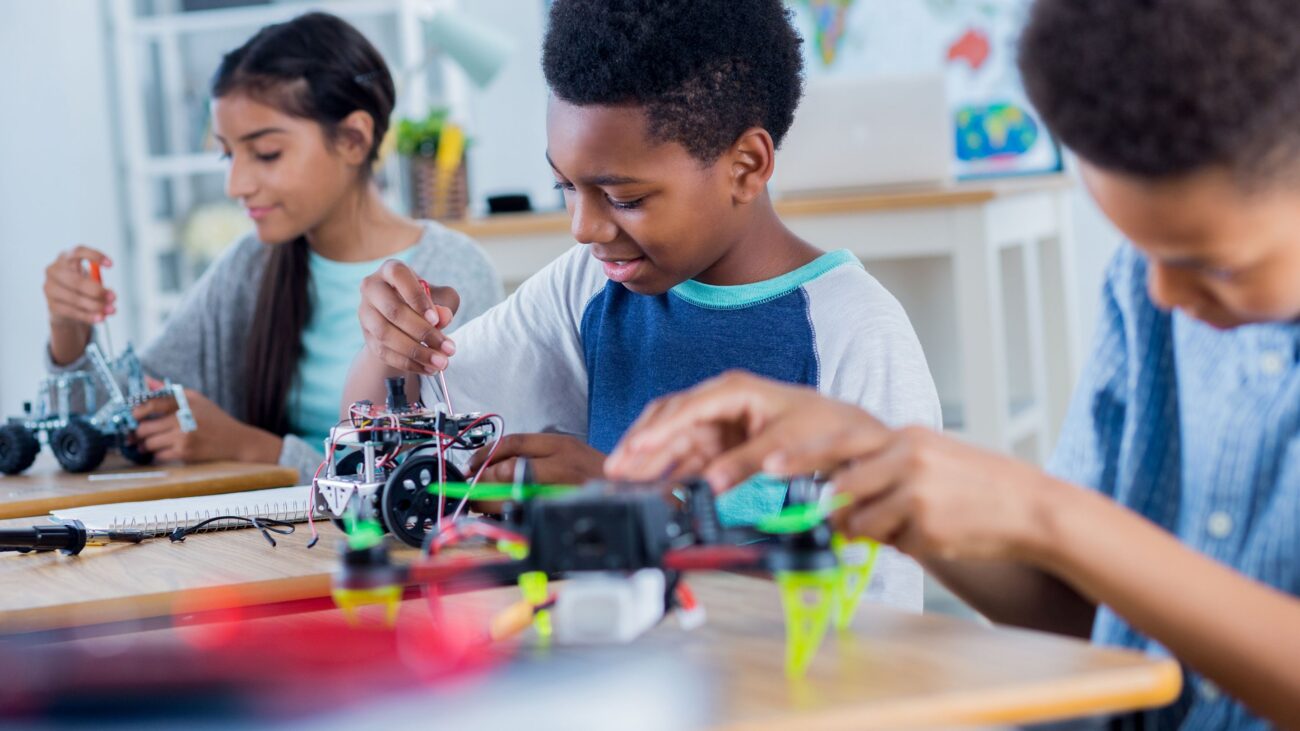
Educational robotics
Educational robotics is a subject that allows you to identify technical aptitudes in children. It is the basis for serious study of applied sciences. It is suitable for children of all ages, from preschoolers to high school students. Educational robotics is taught as a school curriculum subject or as an extracurricular activity. It is aimed at children who like to work with their hands and are interested in computer technology.
This course will help you develop the following skills:
- Basic computer literacy;
- Basic math;
- Working with various mechanisms;
- Structural design;
- English (standard in the technical industry).
Quality educational robotics instruction should be conducted under the guidance of a professionally trained teacher and in a sufficiently equipped club.
The difference between robotics for children and professional adults
Children’s robotics is aimed at teaching children the discipline itself, while experienced specialists solve specific “adult” problems.
Toddlers start classes with the simplest actions: dealing with motors, making the robot move and turn. Mature professionals create serious technical systems.
But we all understand that without children’s robotics there will be no adult robotics, and without children’s interest in building robots there will be no professional success in adulthood.
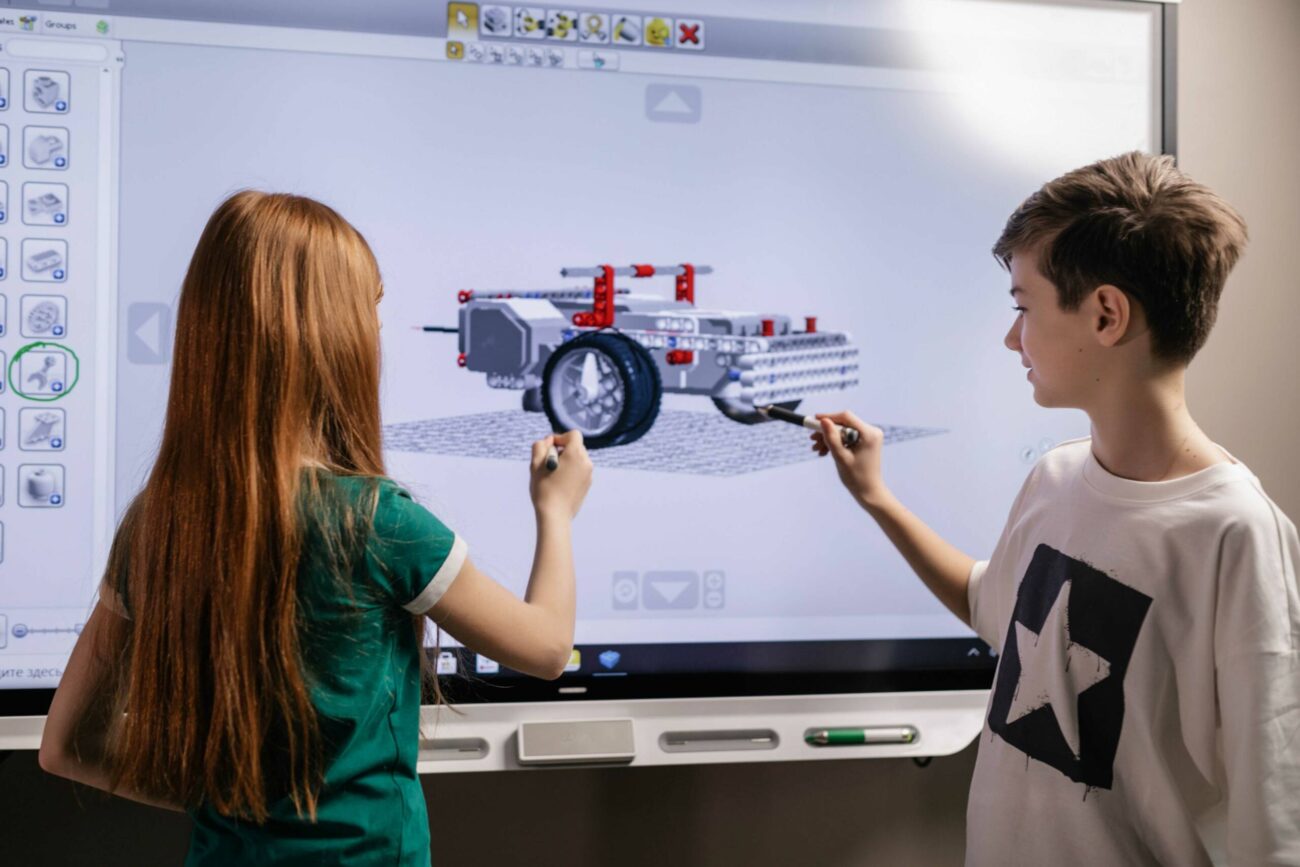
At what age to start learning robotics?
The main thing is not so much the age, but the child’s desire. If a construction set or other “collectible” toys attract a child’s attention and he often asks what it is made of or how it works, then robotics can be an interesting option for additional lessons. But if a child is more interested in dancing or drawing, you should not force him or her to do the basics of construction – it will still be useless.
Today there are many teaching methods, but if you generalize, children are still taught not just to assemble or assemble robots from parts, but to engage in project activities. At the end, the children get their own creation – a very tangible robot. At the same time, they are introduced to theoretical questions, set exploratory tasks, learn to work in a team, discuss and defend their point of view, and present their work. In addition, the child learns through play. This means that the basics of electrical engineering, programming, mathematics, engineering, and mechanics, which are beyond the scope of school textbooks, are absorbed better.
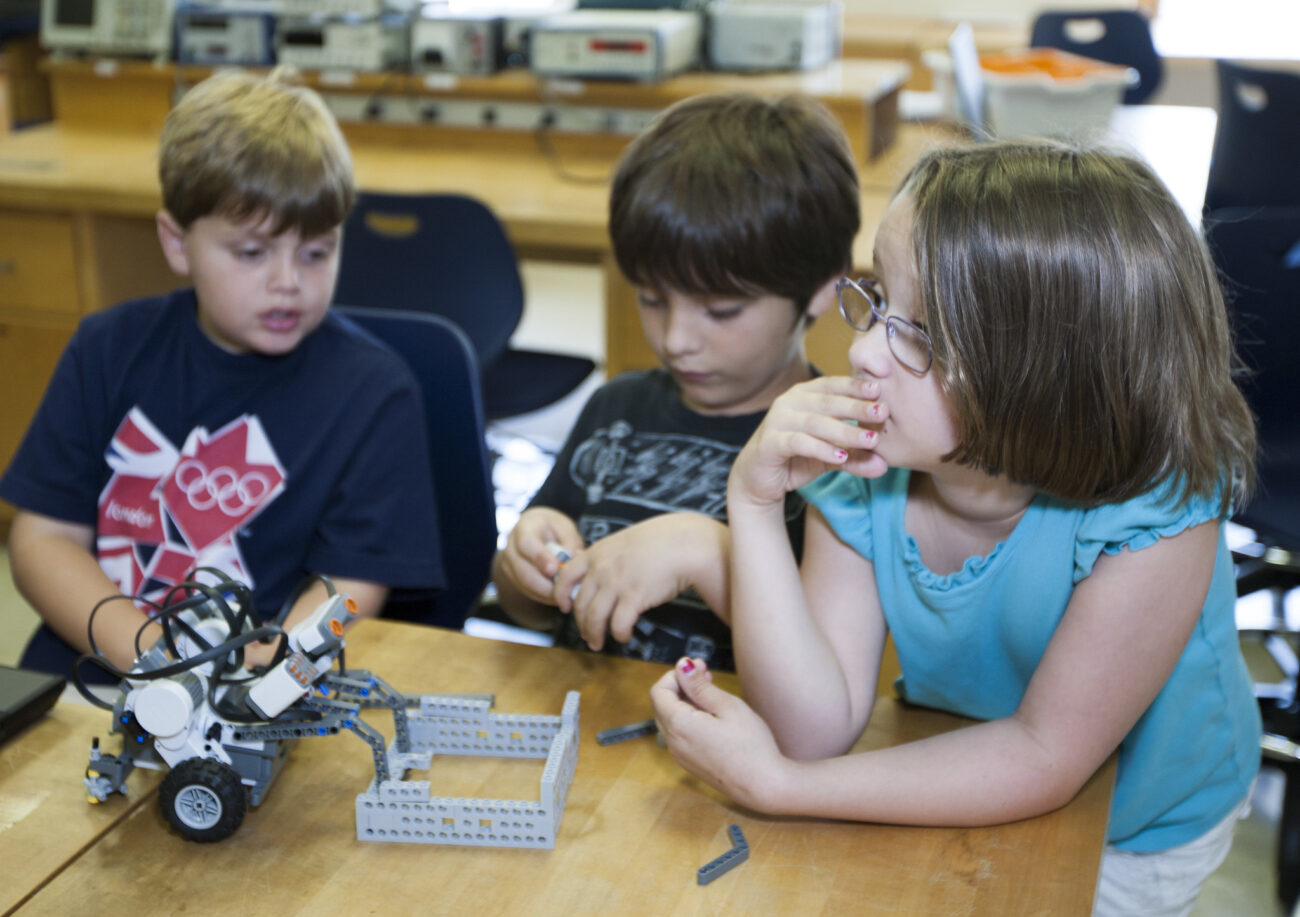
A glimpse into the future
Taking robotics classes as a child can be a good investment for the future. After all, both government and business are interested in advancing technology, so professionals in this field will be in demand in the next few decades. As robots permeate every aspect of our daily lives, robotics skills open doors for children in every field, from construction to the space industry.
In this era of global digitalization, we need to provide children with relevant knowledge. For example, technology lessons can include robotics. Such scenarios for changing the school curriculum are already being considered by experts. If a child is really interested in robotics, makes progress and develops further in this direction, then in the future he or she will be able to master some of the most in-demand and high-tech professions. Such professions include, for example, robotics engineer, developer of nanorobots or medical devices, creator of combat robots and even robotics lawyer.
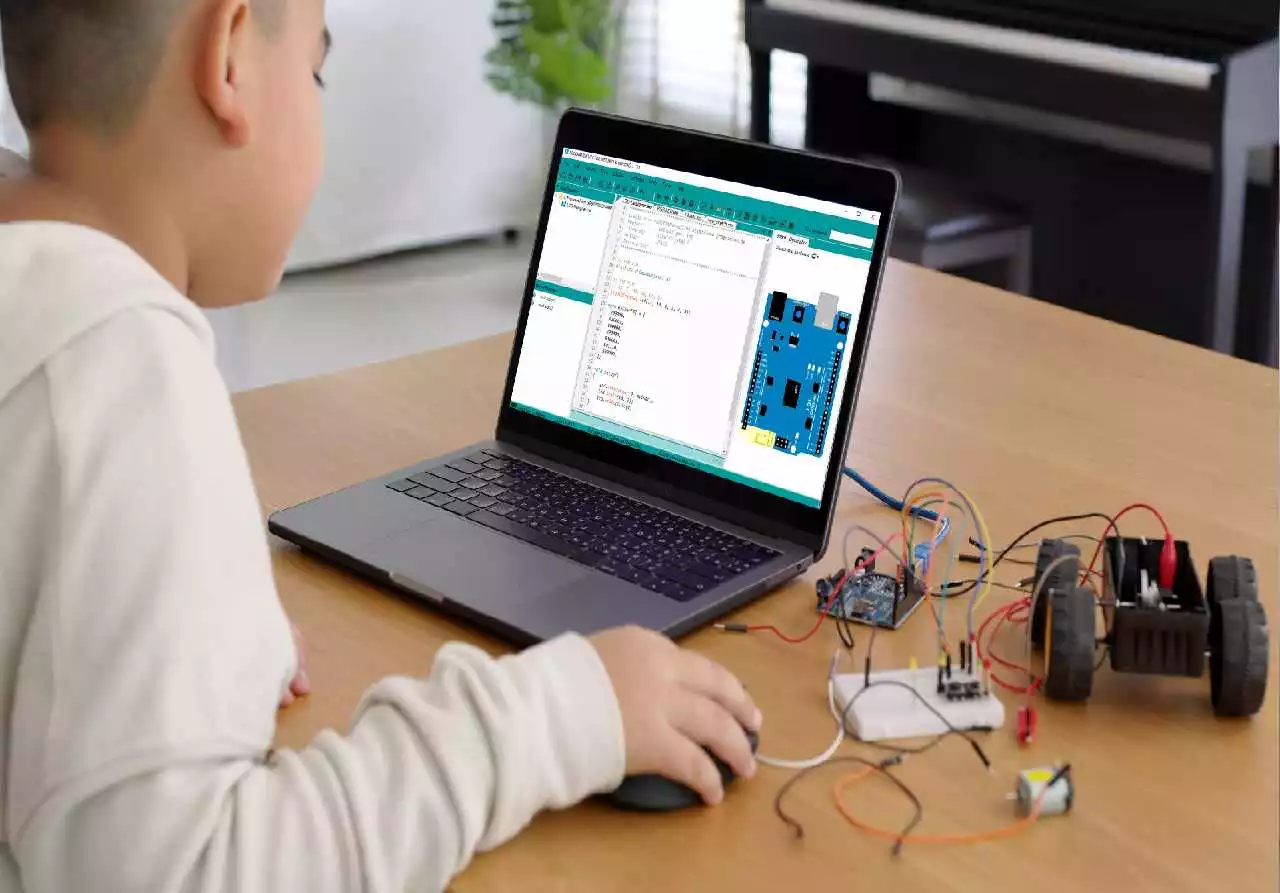
What professions are related to robotics?
Your children’s lessons in robotics will not go in vain, and for some they can serve as a solid, high-quality basis for their future profession.
Today there are specialties in educational institutions that are directly related to robot design. What profession might your child choose in the future?
- A robotics engineer (creation of technical systems and robots). Such a specialist has the right to work in any institution where technical design and modeling skills are needed – in the medical and industrial spheres, military and space industries.
- Designer of machinery for children (development and creation of toys and games for children involving programmed robots).
- Designer of neural interfaces (development of special systems which allow a specialist to control the robot and exercise control over its actions).
- Designer of robots for home (creating robots to perform household functions – vacuum cleaner, gardener, nurse, babysitter, cleaner).
According to experts, and such professions as a robotics engineer, programmer, IT developer will not lose their demand and relevance in the coming years. Therefore, we must remember that helping a child take the first step to the profession of the future is an important mission of adult-loving people!
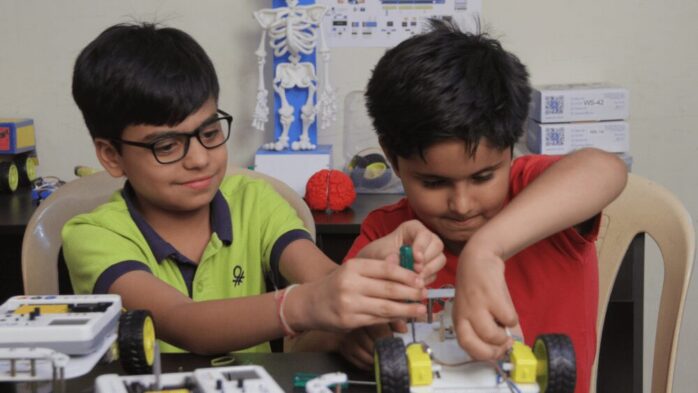
What are the other benefits of robotics classes?
Learning to work as a team
Each class teaches discipline and provides opportunities for personal growth. That’s why children work in pairs at one set and one computer. This is how they become accustomed to teamwork. There is a distribution of duties, responsibility for their part.
At the last session of each course children defend their projects in front of teachers, parents and friends.
Learning to follow through
All classes begin with theory. For example, the children are introduced to an ultrasound probe. The children are told what it is, the teacher necessarily gives examples of the use of ultrasound in wildlife and explains how it is used. They then assemble the robot and program it. After the program is written, the robot is tested for viability to see if it follows commands or not. One robot is one activity.
A favorite activity for a long time
The robotics classes are designed to be taught in stages from Level 0 and age 5.5-6 to Level 16 and age 17, which means the course is for a total of 11-12 years! At the preschool age, the child is given basic knowledge – using examples from wildlife, history, and geography. And then the courses are built in such a way that they become more and more complex: from the first to the twelfth session, as if on a ladder. Once you pass a course, you move on to the next one, from preschooler to high school.
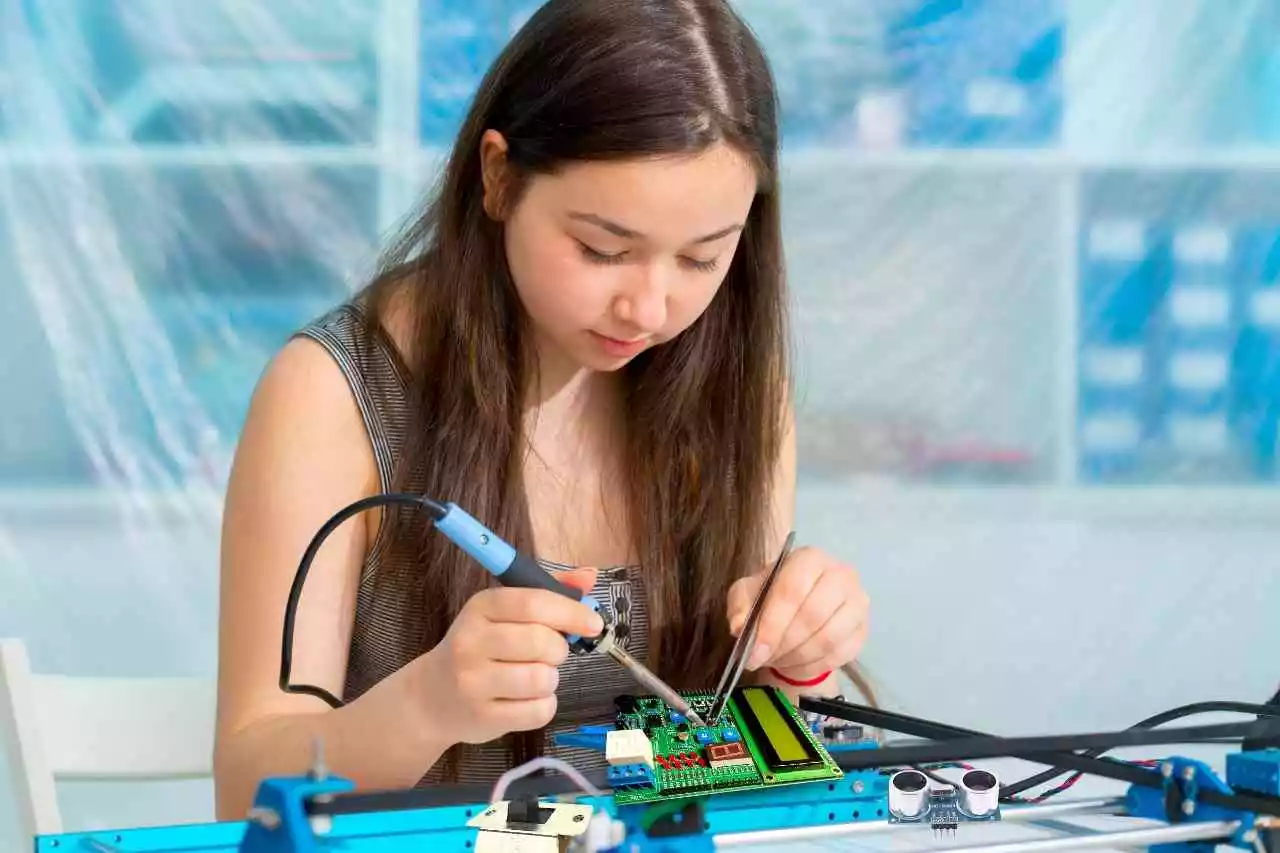
Of course, robotics is more appealing to boys. But girls can attend classes as well, there are no contraindications for that.











